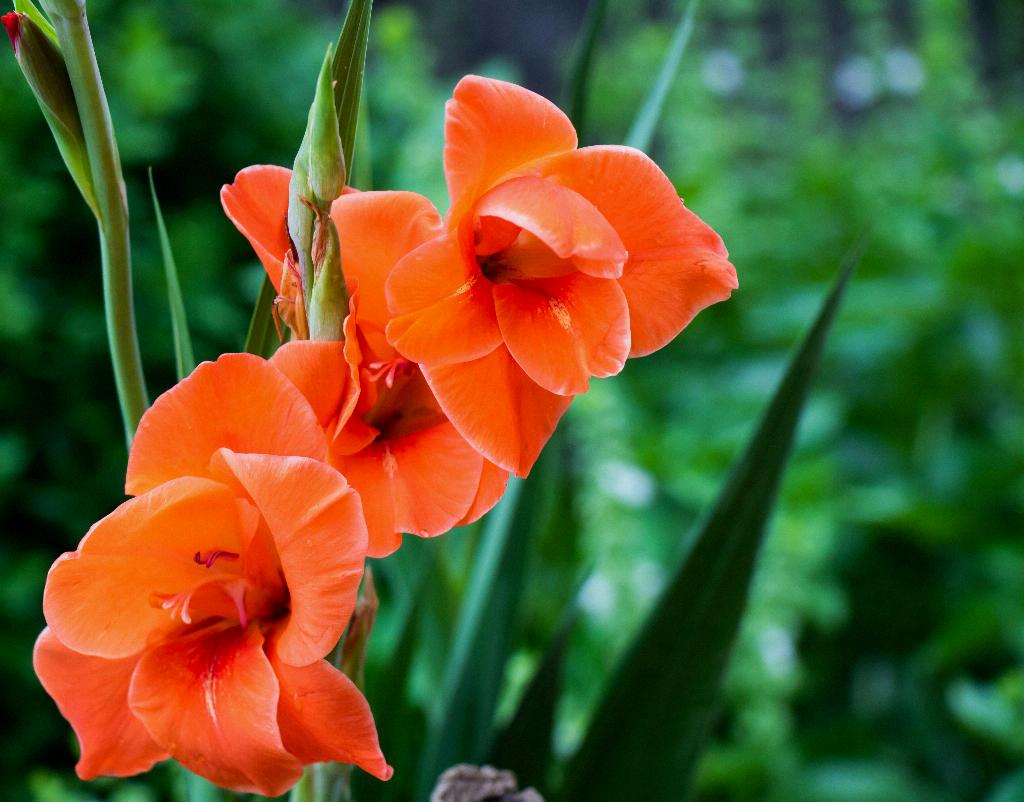If you want to ensure the health and vibrancy of your amaryllis plant, there are important care tips to keep in mind. One crucial aspect to remember is to avoid letting the plant sit in water for prolonged periods. Excessively wet soil can lead to bulb and root rot, which can not only diminish the plant’s health but also attract unwanted pests.
Proper fertilization is another key aspect of caring for your amaryllis. It is recommended to fertilize your plant each time you water, but ensure that you do so at half the recommended strength, especially when new growth is visible. This practice can provide the necessary nutrients to support the plant’s growth and overall well-being.
When looking to encourage blooming in your amaryllis, selecting the right type of fertilizer is essential. Opt for a houseplant fertilizer that contains a high phosphorus content. Phosphorus plays a crucial role in promoting flower development, which can lead to beautiful blooms on your amaryllis plant.
Lighting is another vital factor to consider when caring for your amaryllis. These plants thrive in bright, indirect light. Placing your amaryllis near a window where it can receive ample sunlight without being exposed to direct rays can help it flourish and reach its full blooming potential.
Proper watering is key to maintaining the health of your amaryllis. While it’s essential to avoid waterlogged soil, you should ensure that the plant receives adequate moisture. Allow the top layer of soil to dry out slightly between waterings, but be mindful not to let it dry out completely, as this can stress the plant.
Temperature also plays a role in the care of your amaryllis. These plants prefer temperatures between 60-75°F (15-24°C) while actively growing. Avoid placing your amaryllis in drafty or excessively hot locations, as extreme temperatures can negatively impact its growth.
Proper potting is crucial for the health of your amaryllis plant. Choose a pot with drainage holes to prevent water accumulation, and use well-draining soil to ensure proper air circulation around the roots. Repotting your amaryllis every 2-3 years can help refresh the soil and provide ample space for root growth.
Pruning and deadheading can help maintain the appearance of your amaryllis and promote new growth. Remove any yellowing or dead leaves as needed, and trim spent flowers to encourage the plant to focus its energy on producing new blooms.
Considerations for dormancy are essential when caring for your amaryllis. After blooming, allow the plant to enter a period of dormancy by reducing watering and withholding fertilizer. This rest period is crucial for the plant to recharge and prepare for its next blooming cycle.
Pest control is another aspect to keep in mind when caring for your amaryllis. Keep an eye out for common pests such as aphids or spider mites, and take prompt action if any infestations occur. Insecticidal soap can be an effective and gentle solution for eradicating pests from your plant.
Regular monitoring and observation of your amaryllis plant can help you identify any issues or changes in its growth. By staying attentive to its care needs and addressing any concerns promptly, you can ensure that your plant remains healthy and continues to thrive.
In conclusion, nurturing an amaryllis plant requires attention to various aspects of care, including proper watering, fertilization, lighting, and temperature control. By following these essential guidelines and being attentive to your plant’s needs, you can enjoy the beauty of vibrant blooms and lush foliage from your amaryllis for years to come.

